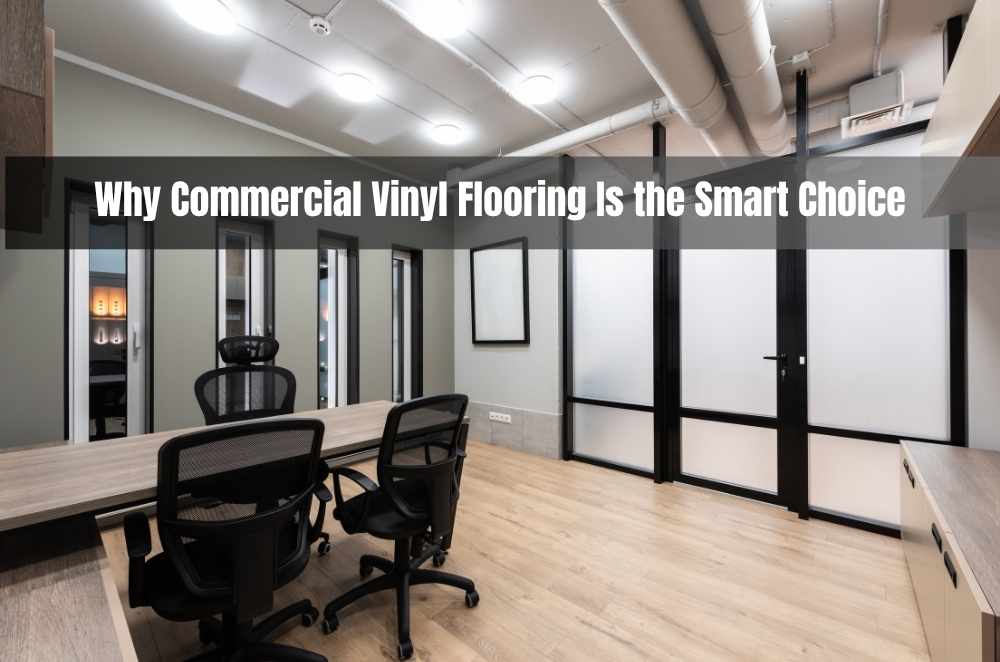
Commercial interiors have come a long way from the cold, hard surfaces of the past. These days, style and performance go hand-in-hand — especially when it comes to flooring. Whether you're designing a healthcare clinic, retail space, or office fit-out, choosing the right surface underfoot can make a surprising difference to how a space functions and feels.
Among the more versatile and low-maintenance options, commercial vinyl flooring has quietly become a go-to for designers and builders aiming to balance durability with design flexibility. It’s the kind of flooring that doesn’t ask for attention — but often ends up making a lasting impression.
We’ve worked with a few clients who were surprised at how adaptable vinyl turned out to be — particularly in mixed-use spaces like medical offices with reception areas, treatment rooms, and bathrooms. The right vinyl choice tied everything together without needing three different flooring types.
What makes vinyl flooring so well-suited to commercial use
Vinyl flooring doesn’t just mimic the look of timber or tile — it does so while providing features that outperform traditional materials in demanding environments.
Here’s what tends to stand out:
Resists wear and tear in high-traffic zones
Simplifies cleaning without harsh chemicals
Reduces downtime thanks to fast installation
Handles moisture better than laminate or carpet tiles
Feels warmer and quieter underfoot compared to ceramic options
We fitted out a coworking space last year where sound was a big concern. Vinyl with an acoustic underlay made a huge difference, especially in meeting rooms. Staff commented right away on how much more pleasant it felt compared to their old tiled floor.
Installation factors that can make or break your flooring
Even the best flooring product can fall short if the installation isn’t handled properly. In commercial settings, where uneven slabs, expansion joints, and heavy equipment are common, installation quality is everything.
Some practical considerations to keep in mind:
Subfloor prep should never be skipped — levelling is critical
Adhesive choice depends on area use and vinyl type
Loose lay vinyl works well for easy replacement
Always allow for movement — expansion gaps matter
Slip resistance must be matched to the zone’s purpose
Choosing the right contractor made all the difference during a healthcare centre upgrade we helped coordinate. They insisted on moisture testing before anything went down, which caught an issue in one of the back rooms that would've led to major peeling six months in.
Flooring and workplace safety: what to keep in mind
In places where people are constantly on the move — hospitals, schools, hospitality — safety isn’t a box-tick, it’s a core requirement. That’s where slip resistance flooring standards come in.
While no material is completely slip-proof, vinyl flooring can be selected with textured surfaces and safety-rated finishes that meet performance benchmarks under AS/NZS standards. The wrong type in the wrong area — think kitchens or wet storerooms — can pose real risk.
Another factor? Maintenance. Even well-rated flooring becomes dangerous when spills aren’t cleaned or floor mats are missing. We saw this firsthand at a childcare centre where textured vinyl made a big difference, especially during wet weather pick-ups.
The role of your installer in long-term performance
Commercial clients often overlook how much influence the installer has over the final result. You can select the perfect product, but if subfloor prep or detailing is rushed, problems follow.
When looking at contractors, the smart move is to assess more than just their quote:
Do they specialise in commercial work?
What warranty do they offer on workmanship?
Are they comfortable with complex layouts?
Can they identify moisture risks before they become problems?
Discussions around choosing the right flooring contractor often highlight these decision points. It’s easy to get caught up in the product specs, but installation mistakes are what tend to show up later — especially in busy areas that can’t afford rework.
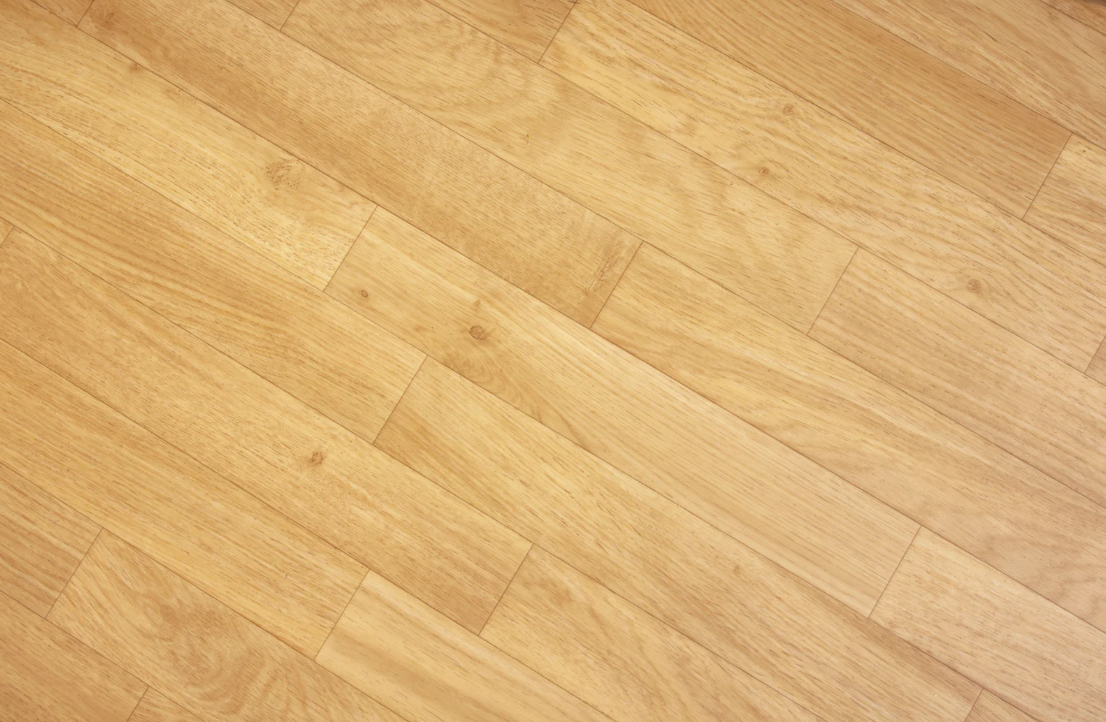
How vinyl stacks up in diverse commercial environments
Vinyl flooring continues to prove itself as a strong contender in commercial settings — especially where water exposure, foot traffic, or noise management are daily challenges. It offers an adaptable solution across industries, whether you're fitting out a retail store, medical suite, or high-traffic office corridor.
While some flooring types lean heavily on aesthetic appeal or layered construction, not all options maintain their integrity in busy work environments. In contrast, vinyl brings a level of practicality that feels purpose-built for spaces that see consistent use.
There are instances where clients have considered alternatives, such as hybrid flooring, especially when acoustic comfort or a certain visual texture is desired. Still, in many of those conversations, the strength of vinyl in real-world conditions often stands out more clearly after weighing up all the factors. That's especially true when reading through a hybrid flooring comparison, which helps contextualise the differences in application without overcomplicating the decision.
Final thoughts on getting it right
Flooring might not be the most glamorous part of a commercial fit-out, but it’s one of the most heavily used — and scrutinised. If it’s uncomfortable, noisy, hard to clean or quickly deteriorates, it affects how people feel in the space.
Commercial vinyl flooring gets the job done with minimal fuss. It’s not just about aesthetics — though it delivers plenty — it’s about performance over time.
We’ve worked with facilities managers, property developers, and business owners who all came around to the same conclusion: a thoughtfully selected vinyl floor, installed well, is one of the best investments you can make in a space people rely on daily.

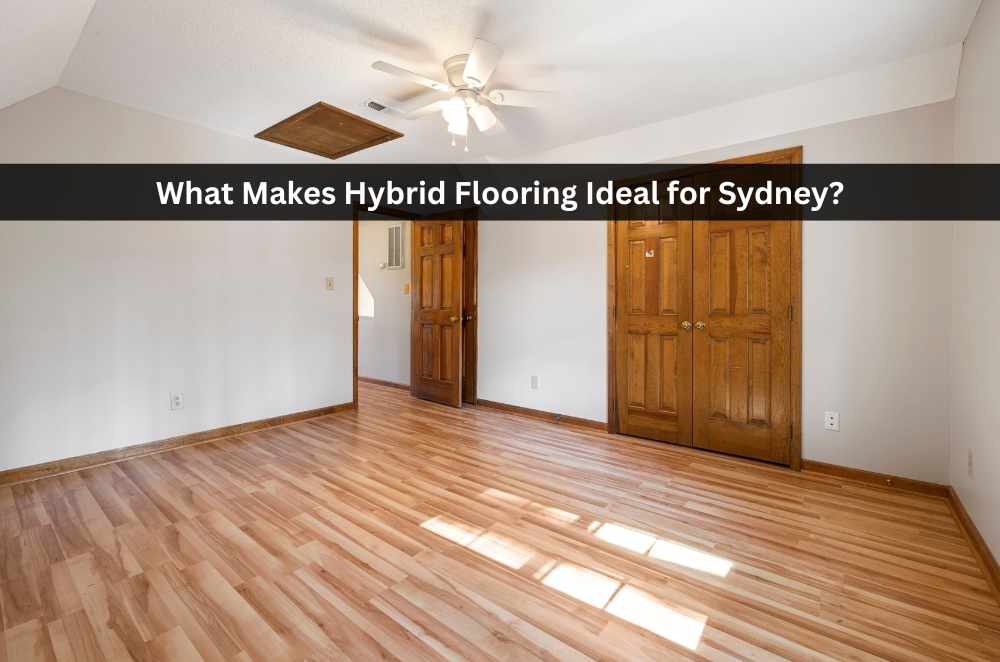
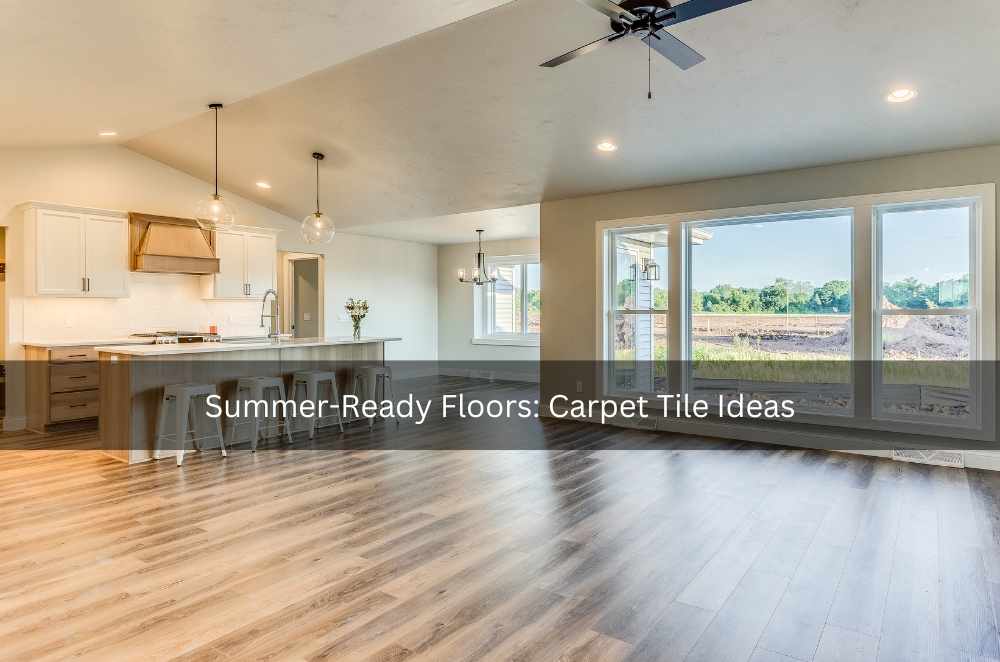
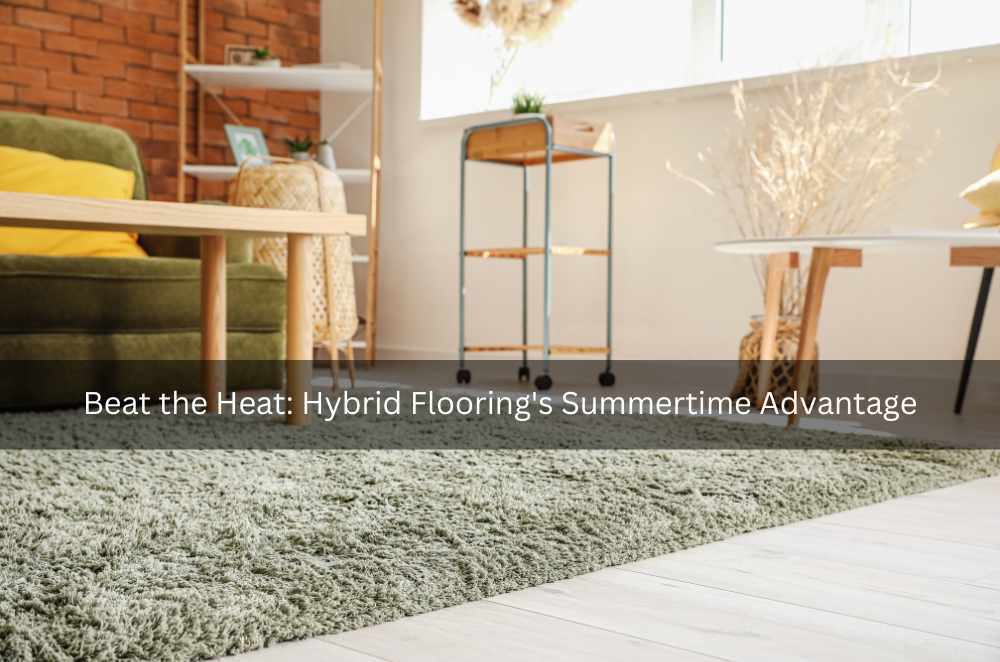
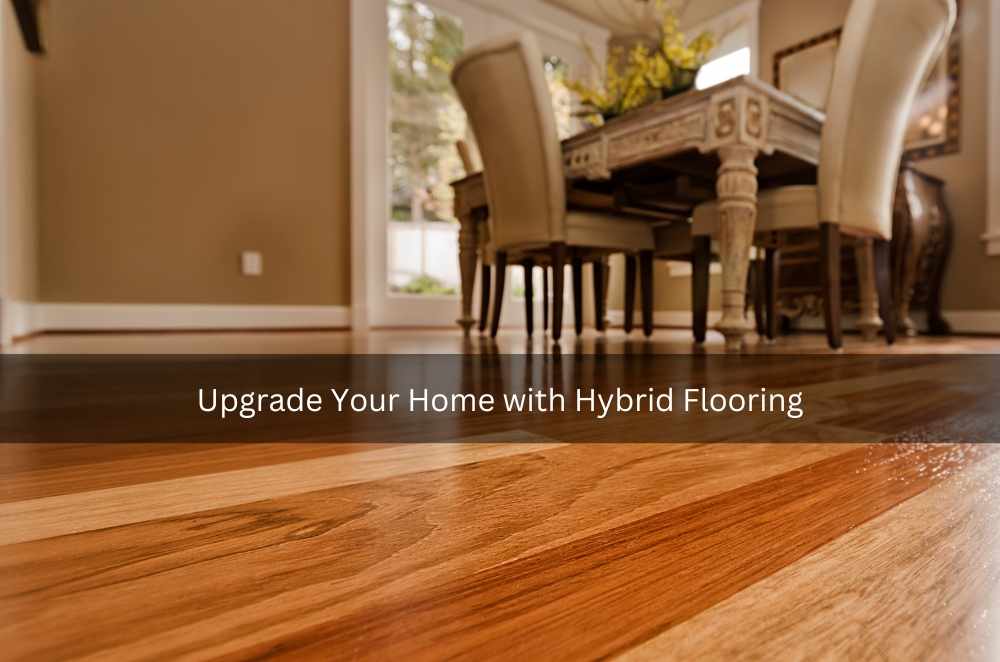
Write a comment ...